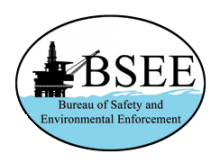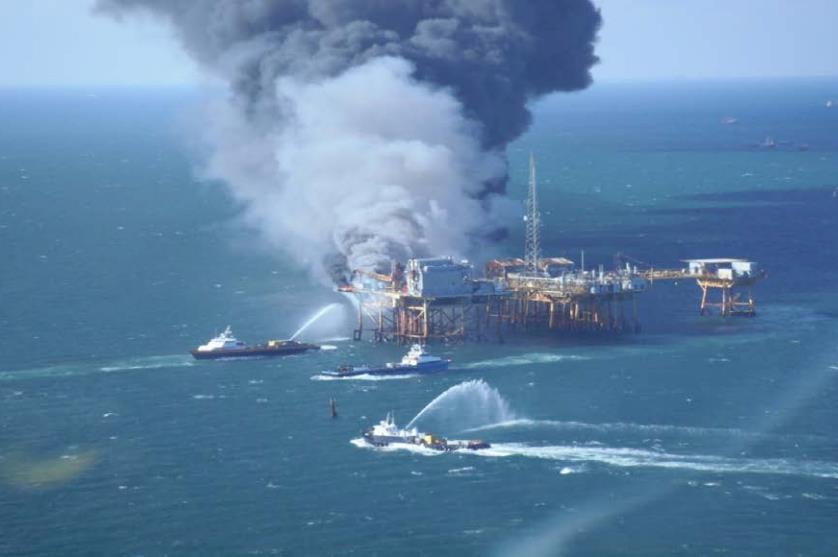Lowest Level of Risk (BSEE)

Overview (BSEE Risk)
As part of its Well Control Rule BSEE appears to have made a major change in the manner in which offshore risk is to be managed. Section 250.107(a)(3) states,
[y]ou must protect health, safety, property and the environment by utilizing recognized engineering practices that reduce risks to the lowest level practicable when conducting design, fabrication, installation, operation, inspection, repair, and maintenance activities.
Michael Farber at Van Ness Feldman states the following regarding this rule,
Notably, section 250.107(a)(3) applies to all offshore operations and is much broader in scope than most of the other provisions contained in the Well Control Rule.
Farber makes reference to the ALARP concept - an approach that has been used for many years by those companies developing Safety Cases. But a key word in ALARP is reasonable. Now how one defines a "reasonable" level of risk is, of course, a vexing question - one that is discussed below and, at greater length, in our book Process Risk and Reliability Management.
ALARP — As Low as Reasonably Practical (Risk)
But the BSEE term does not include the word "reasonable". It talks about the "lowest level practicable". This would suggest that a facility has to take all measures to reduce risk, regardless of the cost and level of effort. If this is the case then this approach differs from that of other industries which use the concept of 'As Low as Reasonably Practical (ALARP)' for setting a value for acceptable risk. The key difference between the two approaches is that the ALARP concept allows for the avoidance of measures that are not “reasonable” — whatever that word may mean in practice.
The concept of ALARP is discussed further in the article Acceptable Risk.

Citation
Further information to do with offshore safety and the Safety and Environmental Management Systems (SEMS) rule from BSEE can be found in the book Offshore Safety Management.
